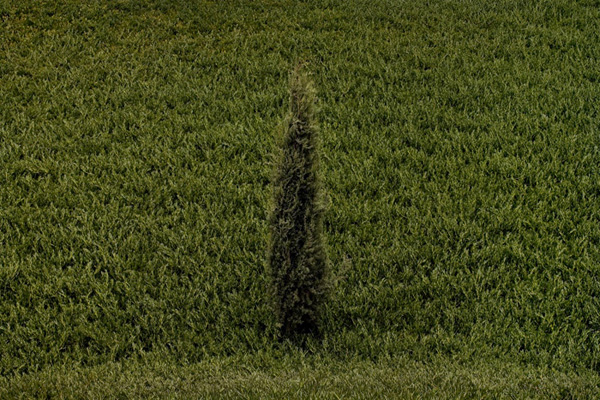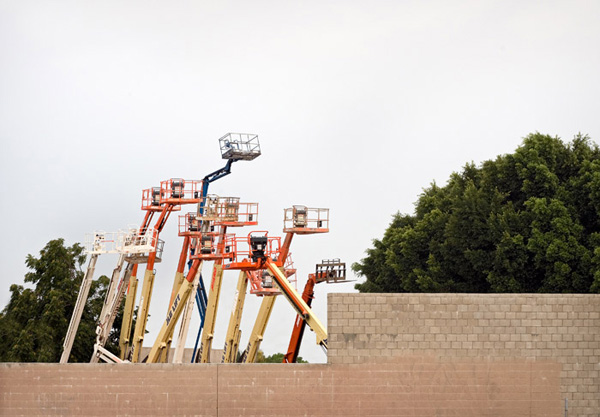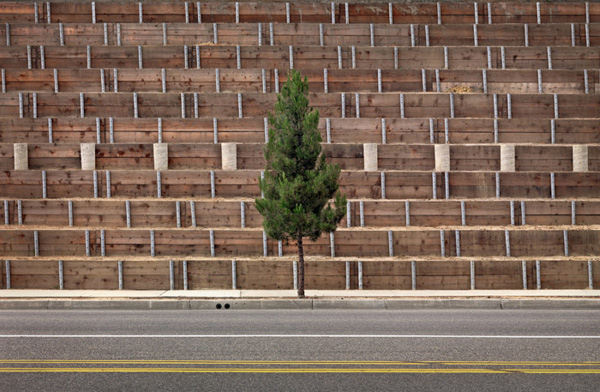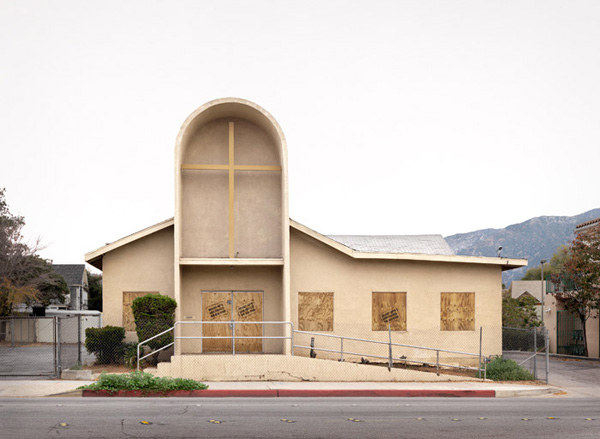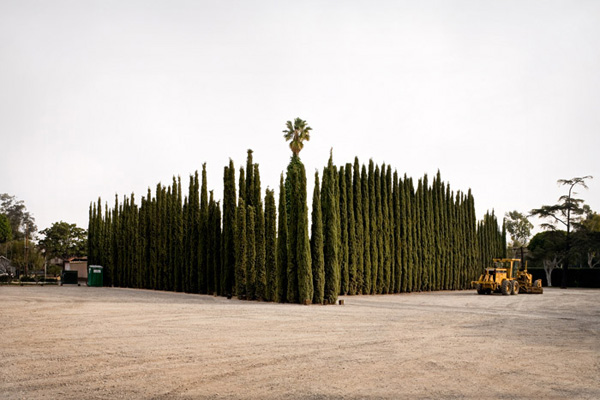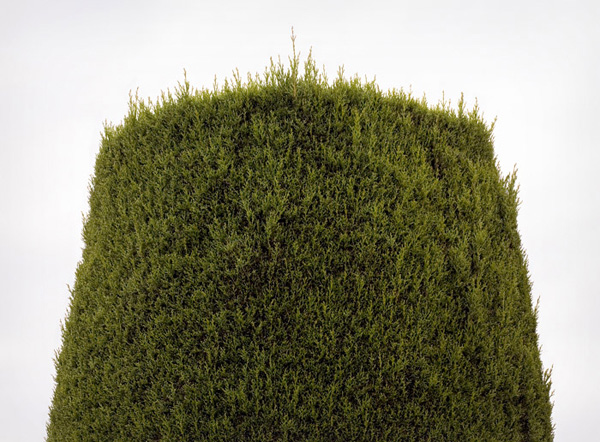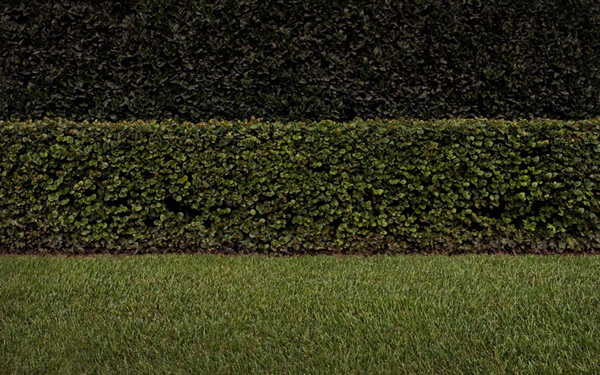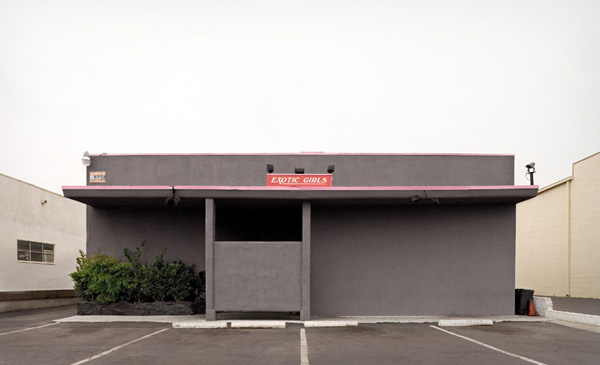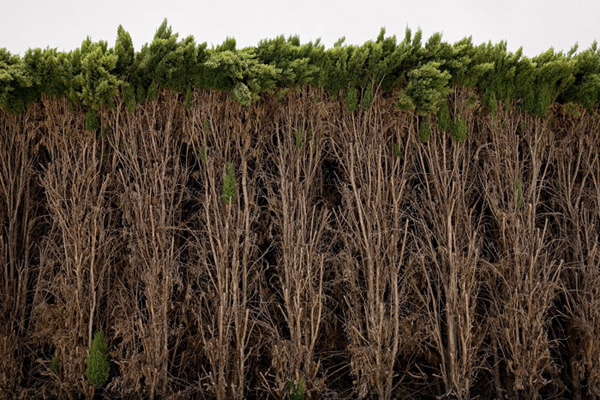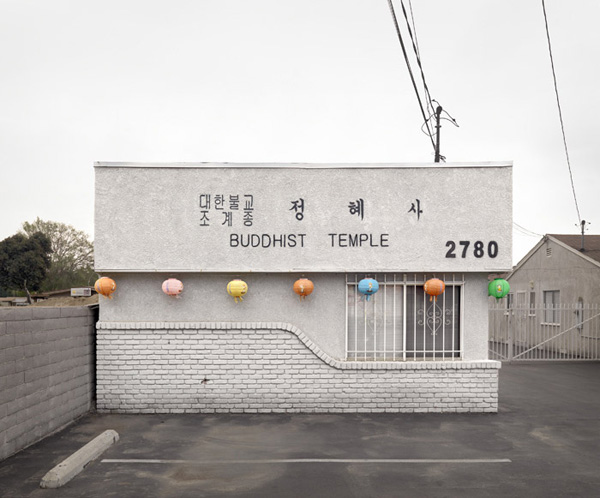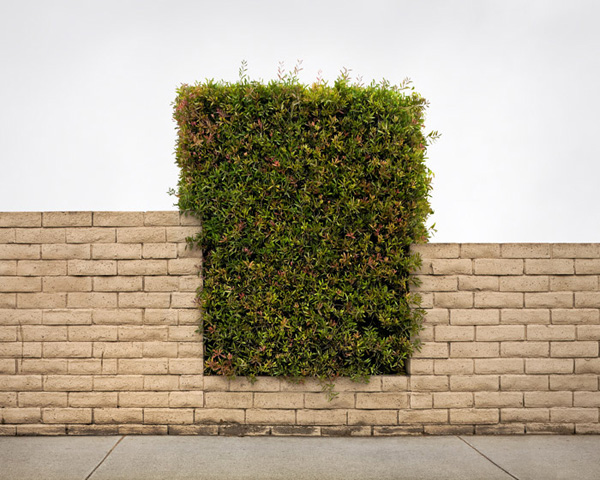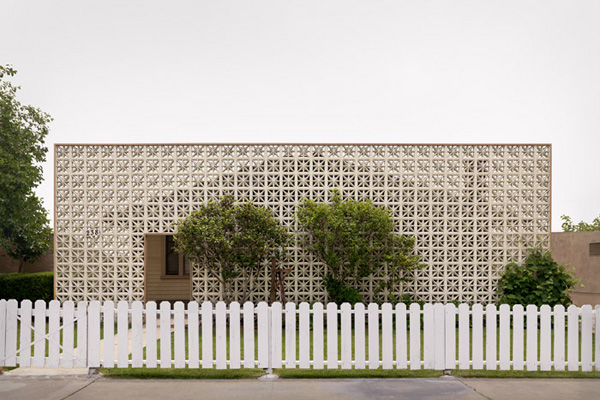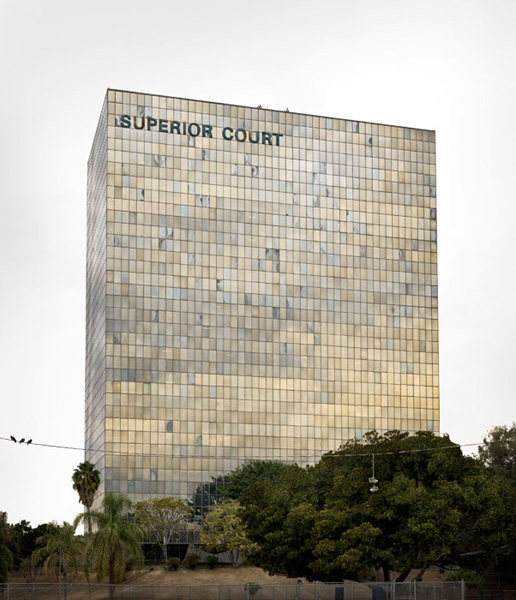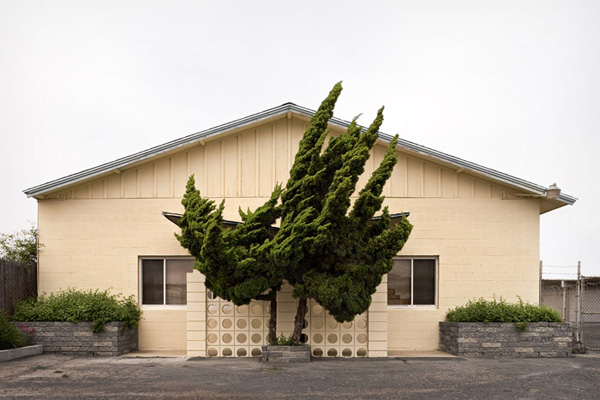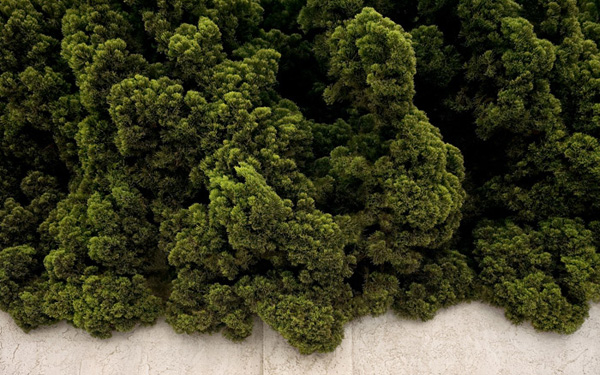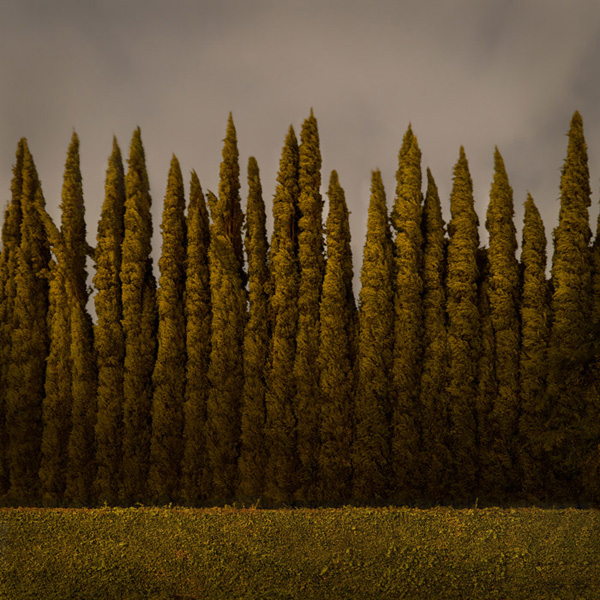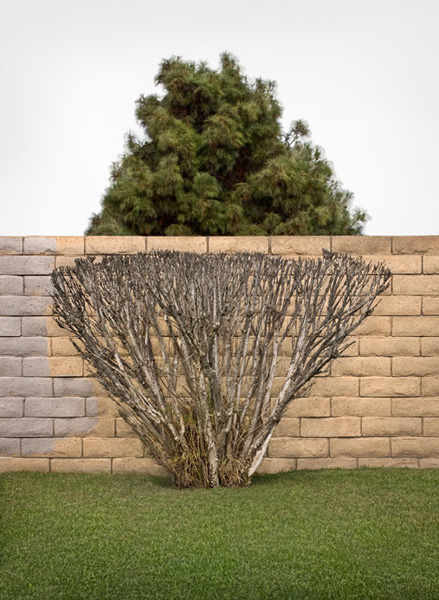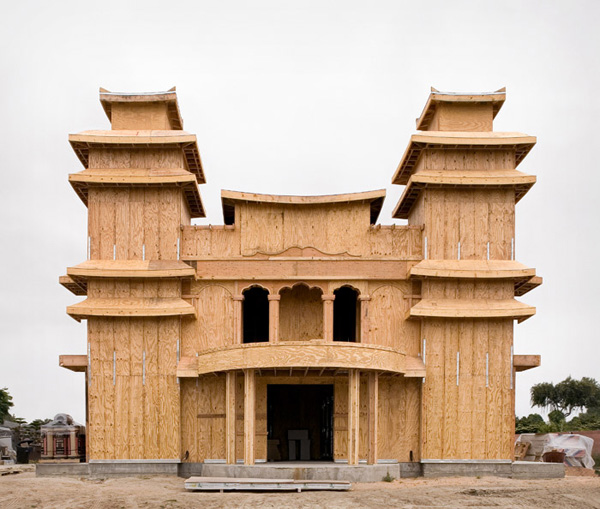A Conversation With Brad Moore
By Susan Burnstine
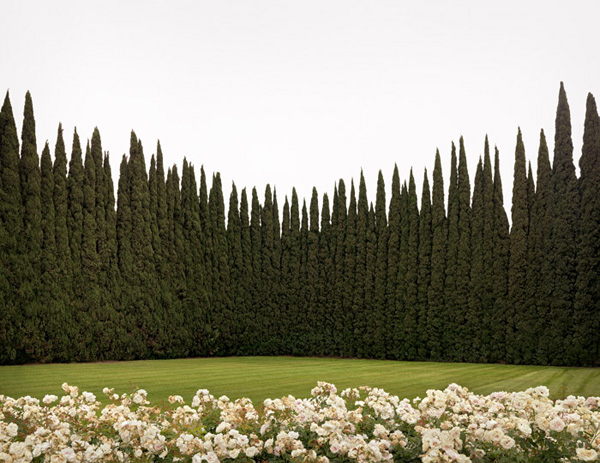
Susan Burnstine: What were your beginnings as a photographer and what makes Brad Moore the photographer he is today?
Brad Moore: When I was 12 years old, my mother gave me two old Kodak cameras she had as a child. Later in high school, I assembled a darkroom in the bathroom and learned to print black and white and color. I received a Bachelor degree in photography, then I continued school, attending Art Center College of Design. When I was 27 I started a company called Aperion, which made color calibration systems for photo labs. During this time I also had a commercial photography studio, mainly doing advertising work, and my personal work was primarily people. I sold Aperion in 2005, and now focus on fine art photography.
SB: You were born in Southern California and continue to shoot there. Can you discuss why you were personally drawn to photographing 1950’s and 1960’s post-war buildings?
BM: I didn't really set out to shoot buildings. About five years ago, I started driving around in some of the areas I had lived in my youth (mostly North Orange County, California). It was strange because my memories didn't match what I was seeing, it was a bit surreal – so much had changed in the last 20 years. In this context, I started seeing things that interested me. At first, it was buildings, then I began shooting surrounding shrubbery in the same formal, symmetrical compositions. The buildings and shrubs seemed to work well together, and that’s how the project evolved.
SB: What do you consider your first successful image in this body of work and why? What year was that image photographed and how did you come to shoot it?
BM: There really isn't a first single image. In the beginning I photographed aimlessly. I just shot whatever interested me, almost randomly. After I had a group of images, certain common ideas surfaced. I just built on those ideas. Some photographers get an idea first, and execute it. My work is about discovering rather than preconceiving. In this case, the ideas came afterward, from a collection of images. The first images were shot in 2006, primarily in Stanton, California.
SB: Being a dedicated film user it strikes me that your work impressively appears to be shot on film by a 4x5 but in fact it’s either shot with a medium format digital camera and a DSLR. Can you discuss your technical approach to shooting these images?
BM: Yes, my earlier images were shot with a DSLR with a shift lens. Later I moved to a medium format digital, which gives me about the same resolution as 4x5. I shoot everything deliberately, on a tripod, really no differently than if I was shooting film. I imagine if I did shoot film, my prints would look pretty much the same. My photographs are shot straight with no special tricks – no clever angles or dynamic lighting. It really forces me to find a great subject. I use Photoshop as a darkroom replacement. I dodge and burn, color correct, and do general image clean up. I don't digitally construct images. I don’t like post production much, so I try to do as much as possible in the camera. Perhaps spending 20 years working with film curves had a little influence in the way I work with digital files.
SB: You formerly owned a company that created color calibration systems. Has your former professional life informed your present life as a photographer?
BM: I'm sure it has. We spent a lot of time zeroing out film and paper curves, to get the best possible print from a given film. I suppose I still do this now, but digitally. Basically, I am just trying to get everything to a neutral place, in order to truthfully reproduce the subject. Even though it was highly technical career, it helps me today with non-technical thinking. By developing strong technical habits, there are less variables to worry about, and it frees me to concentrate on the imagery.
SB: Your photographs almost always contain a humorous or offbeat slant. Some viewers may look at a single image for a moment and fail to see the irony and wit right away. It just sneaks up on them. Is this subtle twist intended or just an organic byproduct of your personal vision?
BM: You're right, some people see more than others. Well, any humor is completely unintentional. I think it's something characteristic in the subjects I find interesting. It just happens, I don't think about it, and it's definitely not premeditated. I think it's amazing to discover quiet subjects with a slight twinkle in their eye.
SB: By returning to neighborhoods that represent the terrain of your childhood, are you are attempting to recapture or rewrite your romanticized or bright-eyed youthful views and ideals through these images or are you focusing on these neighborhoods for another reason? Can you discuss?
BM: It's not entirely clear why I ended up going back to areas where I grew up. Perhaps curiosity, maybe some submerged nostalgic feelings - I'm not quite sure. But, I definitely don't set out to romanticize or judge the subjects. I never want to insert my past into the subjects – they already are part of my past, and I just want to show the way they are when I see them.
SB: When did you start integrating shrubbery into the terrain you photograph?
BM: Very early on. Probably on my second or third day shooting I photographed the shrubbery next to a building I was shooting. Initially I thought the buildings and foliage might be two bodies of work, but as I added more and more images, it seemed stronger when the two subjects were intertwined.
SB: Do you scout locations before shooting or do you just drive around and find a location that speaks to you?
BM: It’s a lot of random driving around. A lot. I shoot mainly on overcast days, so when the weather is right I try to get out to photograph. It's kind of like surfing, you have to drop everything when surf's up. Sometimes it's possible to see something on a sunny day and revisit it when the weather cooperates. But things look and feel different on overcast days, so most often I scout as I shoot, on overcast days. The biggest problem is there are not enough cloudy days in Southern California.
SB: You have a unique color palate and use of light. Can you discuss how you achieve this?
BM: Well, I do what I can to neutralize the camera and printer, so the palate is true to the subject. Since I shoot on overcast days, the white sky provides a simple background as well as a shadowless, giant softbox-like light. It's a beautiful light and it helps isolate the subject. The colors are muted and everything appears flattened. Even though I shoot mostly with wide-angle lenses, this soft light gives the images a beautiful depthless quality. In Southern California, where blue skies and harsh shadows are far more common, seeing typical California architecture and foliage with overcast skies is experiencing it out of context, which I like.
SB: You’re working on new images now. Can you tell me a bit about them?
BM: Yes, I am working on a new series. The project shares a common thread to my previous images, but they look and feel much different. The palette is completely new. However, I'm keeping things under wraps until it's ready to show.
To see more of Brad Moore's work: www.bradmoore.com
Susan Burnstine is an award winning fine art and commercial photographer originally from Chicago now based in Los Angeles. Susan is represented in galleries across the world, widely published throughout the globe and has also written for several photography magazines, including a monthly column for Black & White Photography (UK). Nominated for the 2009 Santa Fe Prize for Photography and winner of B&W Magazine’s 2008 Portfolio Spotlight Award.

